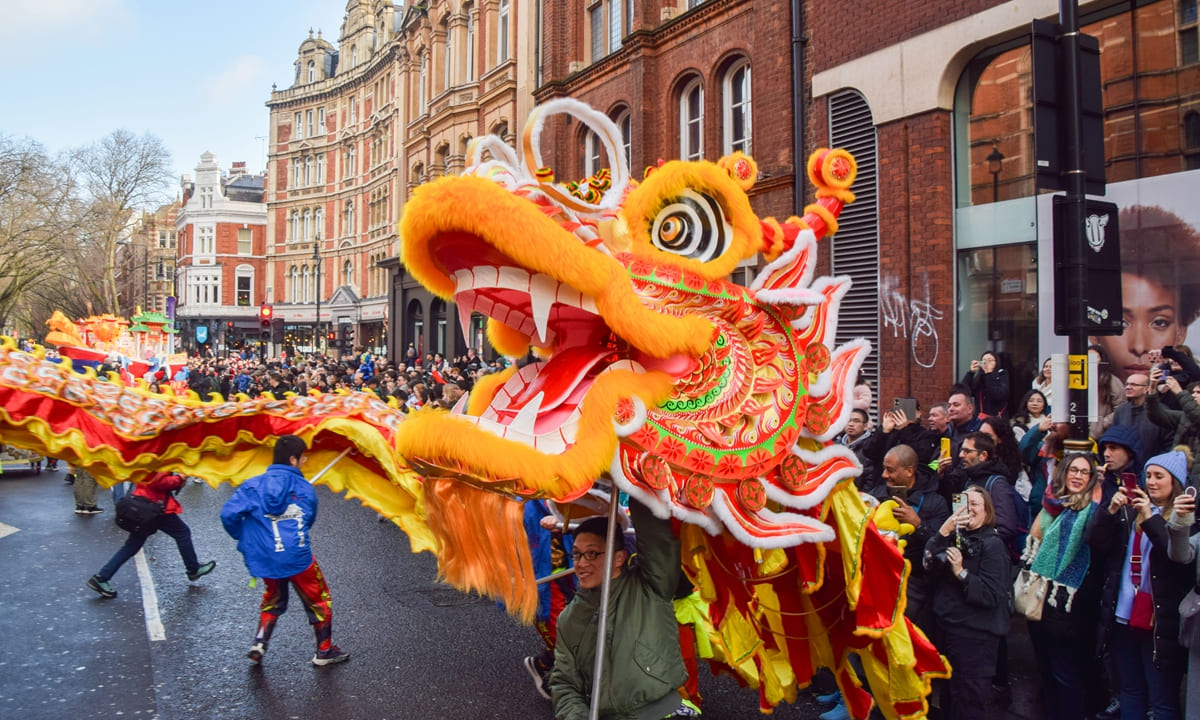Chinese New Year is a vibrant celebration that brings families together, rich with traditions and customs. However, for those living in multicultural societies, it can be challenging to observe this important holiday when few people around them share the same enthusiasm. Here, we explore ways to honor and celebrate Chinese New Year, ensuring that your family feels connected to their heritage, regardless of their surroundings.
The Significance of Chinese New Year
Chinese New Year, also known as Lunar New Year, marks the beginning of a new year in the lunar calendar. This festival is celebrated not just in China, but also in various countries across Asia, including Vietnam, Korea, and Singapore. The holiday is steeped in rich traditions, from family reunions to feasting on special foods, and symbolizes renewal, prosperity, and family bonds.
Understanding the Cultural Context
In a society where Western holidays dominate the calendar, it is easy for Chinese New Year to become overlooked. However, understanding the cultural significance of this holiday can empower families to create their own celebrations. Just as many families celebrate Thanksgiving or Christmas, families can carve out their unique traditions around the Lunar New Year.
Creating a Family Celebration
1. Set the Scene with Decorations: Transform your home with traditional decorations. Red lanterns, paper cuttings, and couplets with auspicious phrases can add a festive flair. Involve your kids in the decorating process, teaching them the meanings behind each decoration and its significance in bringing good luck.
2. Culinary Traditions: Food is a central element of Chinese New Year celebrations. Introduce your family to traditional dishes such as dumplings, spring rolls, and fish, each symbolizing prosperity and good fortune. Consider making these dishes together as a family, turning cooking into a bonding experience.
3. Engaging with Stories: Reading stories about the Lunar New Year can be a fantastic way to educate children about its traditions. Look for children’s books that narrate tales of the zodiac animals, the importance of family, and the legend of the monster Nian. These stories can spark your child’s imagination and curiosity about their heritage.
4. Create Your Own Traditions: If your children’s friends are curious, invite them to join your celebrations. Share red envelopes filled with small gifts or treats, introducing them to the custom of giving “lucky money.” This gesture not only spreads joy but also fosters cultural appreciation among peers.
Connecting with the Community
If your immediate community lacks Asian representation, seek out local cultural centers or community groups that celebrate the Lunar New Year. Many cities host parades, festivals, or workshops where families can immerse themselves in the cultural festivities. Even participating in online events can provide a sense of connection to larger celebrations happening elsewhere.
Navigating Mixed Cultures
It’s important to acknowledge that living in a multicultural society means balancing different traditions. Encourage your children to appreciate their unique heritage while respecting others. Celebrate both Chinese New Year and the local customs by participating in various festivities throughout the year, cultivating an understanding of cultural diversity.
Conclusion: Celebrate with Pride
Embracing Chinese New Year, even in a mixed cultural environment, is not just about maintaining traditions; it’s about fostering a sense of identity and belonging in your family. By incorporating meaningful customs, engaging with stories, and building connections with others, you can create a rich and vibrant celebration that honors your heritage. Celebrate proudly, and teach your children that every culture has its unique story worth sharing.
